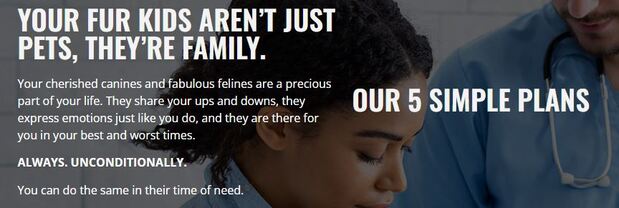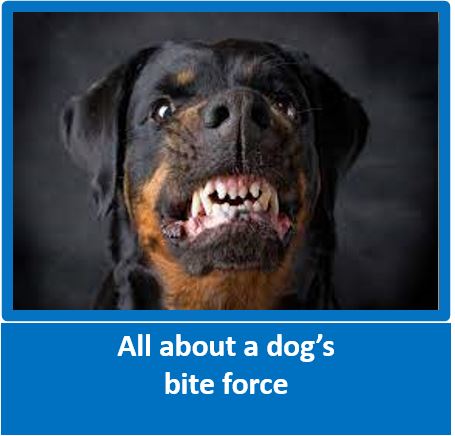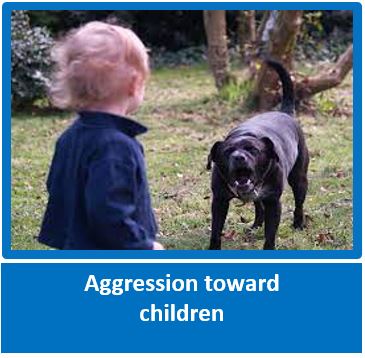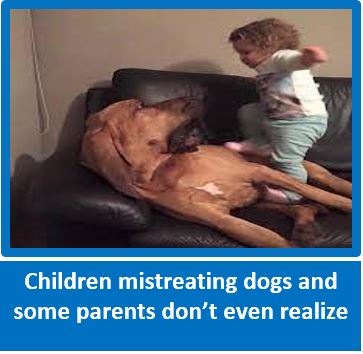How Your Baby’s Development Impacts Your Dog
Courtesy Michelle Pieterse - FOTD-NZ -www.friendsofthedog.co.nz
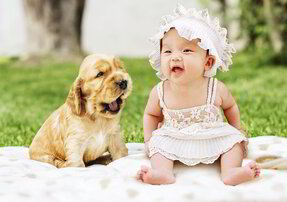
Dogs and children can be great friends and having a dog can help children develop kindness, understanding and respect for living things. Dog companionship can improve a child’s social skills with people and caring for a pet can encourage responsibility. Because of this many families have dogs.
From a dog’s point of view, children communicate differently to adults; they cry, yell, shriek, crawl and run about flailing their arms. Dogs find it hard to understand children and even harder to tell them when they want to be left alone! In addition to this, children often treat dogs as their peers; they hug, cuddle, hold and scold them. Children express affection for their family through close facial contact e.g. kissing and hugging. While this may seem sweet, a dog may find this threatening and it can be dangerous. For these reasons young children are more likely to be bitten than any other group and research shows that children are far more likely to be bitten by their family dog than any others. It has been estimated that the likelihood of a child sustaining a dog bite in their lifetime is around 50% and approximately 80% of severe dog bites in children involve the head, face and neck. Read our related article, Keep Kids Safe Around Dogs to learn more about the topic of child safety around our furry companions.
If a good example is set, children quickly understand and learn to treat the dog as part of the family, but it is important that parents teach children how to stay safe around dogs, to protect both child and dog. Here’s how your baby’s development impacts your dog and what to look out for during the below developmental periods:
1) Newborn – 3 months: Big changes for your dog
2) Age 3-6 months: Baby becomes aware of the dog
3) Age 6-9 months: Activity increases, plus there’s food!
4) Age 9-12 months: Unstable bodies can be scary for dogs
5) Age 12-24 months (1-2 years): Toddler time
From a dog’s point of view, children communicate differently to adults; they cry, yell, shriek, crawl and run about flailing their arms. Dogs find it hard to understand children and even harder to tell them when they want to be left alone! In addition to this, children often treat dogs as their peers; they hug, cuddle, hold and scold them. Children express affection for their family through close facial contact e.g. kissing and hugging. While this may seem sweet, a dog may find this threatening and it can be dangerous. For these reasons young children are more likely to be bitten than any other group and research shows that children are far more likely to be bitten by their family dog than any others. It has been estimated that the likelihood of a child sustaining a dog bite in their lifetime is around 50% and approximately 80% of severe dog bites in children involve the head, face and neck. Read our related article, Keep Kids Safe Around Dogs to learn more about the topic of child safety around our furry companions.
If a good example is set, children quickly understand and learn to treat the dog as part of the family, but it is important that parents teach children how to stay safe around dogs, to protect both child and dog. Here’s how your baby’s development impacts your dog and what to look out for during the below developmental periods:
1) Newborn – 3 months: Big changes for your dog
- Crying and sudden startles can cause your dog to become stressed and anxious.
- Exhausted parents may not give the dog the same amount of attention he is used to.
- Infants grasp involuntarily – look out for pulling of the fur, tail and ears.
2) Age 3-6 months: Baby becomes aware of the dog
- Babies begin to reach for objects, which could include the dog or his prized possessions, i.e. toys, food and water bowls, bones, etc.
- Babies begin to sit up. This causes staring (often at dog height) which most dogs perceive as threatening.
3) Age 6-9 months: Activity increases, plus there’s food!
- Eating solid foods – messy babies become delicious!
- Babies begin to crawl. Keep a lookout as babies crawl towards the dog’s toys, food, bed/crate, etc. Safety first!
- Dogs need a safe space to retreat to and rest – don’t allow the baby to hassle the dog when he’s repeatedly trying to retreat, or when he is resting or sleeping.
- Babies who pull up into a standing position may crowd or loom over the dog, causing stress, fear and/or growling. This is a warning, don’t punish the dog for growling, rather remove the baby from the situation and give the dog his space.
4) Age 9-12 months: Unstable bodies can be scary for dogs
- The baby may be starting to walk. Falling babies are loud and stressful for dogs. Fear could develop and in turn, the dog could display defensive aggression, i.e. hard eyes, snarl (lip lift), growling, barking and even nipping.
- Faster babies may approach sleeping dogs and startle them, which could cause an unwanted reaction, so be on alert!
- Baby is starting to understand language and is watching and learning how you treat your dog. Be mindful of this and gentle with the dog – he’s learning too and trying his best!
- Dogs dislike hugs and kisses – they don’t like feeling contained / restrained. Limit these behaviours, especially in front of your baby, and do not allow your baby to perform these behaviours either.
5) Age 12-24 months (1-2 years): Toddler time
- Toddlers become more independent and adventurous. Dogs often view them as playmates and can get too rough when they’re over-excited and when the toddler is squealing, screaming or running.
- Reward the dog for being calm around the toddler.
- Toddlers can follow very simple instructions – a good time to involve them in simple doggy-related tasks, such as placing a food bowl on the ground so the dog can eat and teaching them to touch/stroke the dog very gently.

